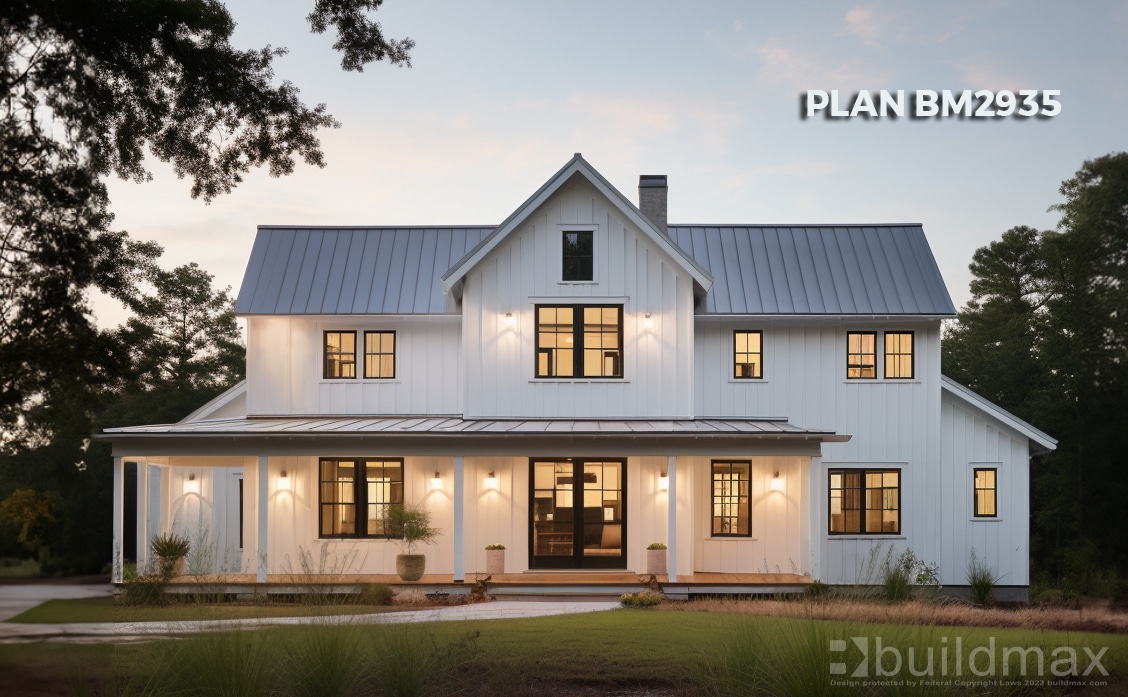Barndominiums Vs. Conventional Houses: a Thorough Contrast of Lifestyle and Capability
The choice between barndominiums and standard homes incorporates numerous variables, including way of life preferences and practical demands. Barndominiums are characterized by their open layouts and versatility, commonly appealing to those who prioritize communal living and convenience.
Introduction of Barndominiums
Barndominiums, a novel real estate fad obtaining appeal across various regions, mix the rustic beauty of barn-style style with the capability of modern space. These distinct frameworks normally include a metal or timber framework, combining open layout and high ceilings with energy-efficient functions. Usually situated on extensive rural buildings, barndominiums use house owners the chance to take pleasure in a peaceful way of life while supplying enough area for numerous activities.
The adaptability of barndominiums extends past their visual allure; they can work as both living quarters and practical rooms for leisure activities, workshops, or perhaps local business. Their adaptive layout permits for simple modification, fitting varied household needs and preferences. Several owners appreciate the reduced upkeep needs connected with metal siding and roofing, adding to long-term resilience.

Attributes of Standard Houses
Stressing ageless design and comfort, traditional homes are defined by their unique architectural styles, which commonly reflect historic impacts and regional looks. Typical features consist of in proportion facades, gabled roof coverings, and a focus on craftsmanship, causing a warm and inviting ambience.
Typical homes usually incorporate components such as crown molding, wainscoting, and hardwood floor covering, enhancing their timeless allure. They generally include several spaces with defined functions, promoting family interaction while permitting privacy. view now. The layout often consists of official living and eating areas, which contribute to entertaining guests and holding family events
Exterior materials such as block, wood, or stone are regularly used, adding to longevity and a sense of permanence. Barndominium repair. Additionally, many conventional homes are developed with front porches or stoops, cultivating a feeling of community and link with the neighborhood
Landscaping plays a significant function in typical home layout, with well-kept gardens and pathways that enhance aesthetic allure - click here to view. Generally, standard homes symbolize a feeling of fond memories and security, appealing to those who value heritage and an extra organized living atmosphere
Expense Contrast
Usually, a price comparison between barndominiums and conventional homes discloses substantial differences in construction costs and general investment. Barndominiums, usually constructed from metal or steel frames, normally sustain reduced product and labor prices than conventional homes built from wood and brick. The streamlined design of barndominiums can convert to minimized construction times, even more lowering labor expenses and expediting tenancy.
Typically, the price per square foot for a barndominium varies from $100 to $150, while standard homes can vary commonly, normally dropping in between $150 and $300 per square foot, depending upon area, products, and design complexity. This price difference makes barndominiums an eye-catching option for budget-conscious purchasers seeking bigger home without sacrificing quality.
Additionally, barndominiums might bring about long-term savings via lower upkeep costs, energy efficiency, and insurance policy prices. Their durable building products commonly need much less upkeep in time compared to traditional homes. Nevertheless, it is necessary to consider that while first prices may be lower for barndominiums, the final financial investment will certainly likewise depend upon specific personalization and preferred services, which can influence the general cost in both real estate types.
Way Of Living and Area Factors To Consider
When considering lifestyle and room, barndominiums provide an one-of-a-kind versatility that charms to a selection of property owners. These hybrid structures incorporate domestic dealing with practical space, often featuring open floor plans that can be adjusted to fit specific needs. This adaptability is especially useful for families or people looking for a personalized living atmosphere, permitting varied uses such as home offices, workshops, or leisure locations.

Moreover, the aesthetic allure of barndominiums can deal with both rustic and modern preferences, making them a versatile option for various style choices (Barndominium builder). Ultimately, the selection between a barndominium and a traditional home typically pivots on how well each alternative aligns with the house owner's way of life aspirations and spatial needs, highlighting the significance of taking into consideration individual top priorities in the decision-making procedure
Ecological Effect and Sustainability
The ecological impact and sustainability of barndominiums present engaging advantages contrasted to traditional homes. Largely created from steel and various other resilient materials, barndominiums are frequently constructed using recycled sources, reducing the demand for brand-new products and lessening waste. Their design normally highlights open areas, which can cause reduced power usage for heating & cooling contrasted to conventional homes with even more segmented designs.
In addition, barndominiums can include sustainable features such as photovoltaic panels, rain harvesting systems, and progressed insulation techniques, improving their energy efficiency. The versatility of their design enables home owners to incorporate these technologies more seamlessly than in many conventional homes, which may require substantial retrofitting.
Furthermore, barndominiums often call for fewer resources for building due to their easier, much more efficient layouts (click here). Overall, barndominiums represent a forward-thinking approach to sustainable living, lining up with modern ecological top priorities.
Verdict
In recap, the choice between barndominiums and traditional homes pivots on specific way of life choices and useful needs. Barndominiums, with their open designs and lasting materials, provide to go to this site those looking for flexibility and common living.